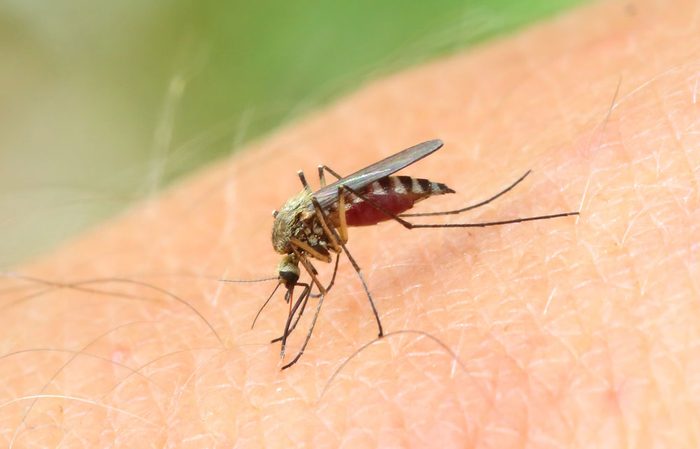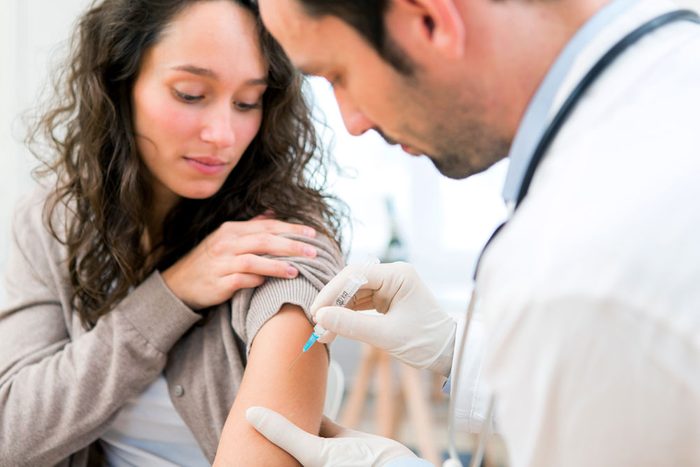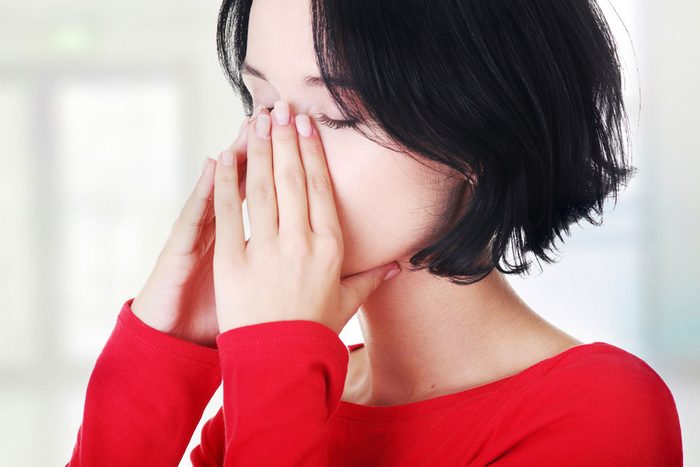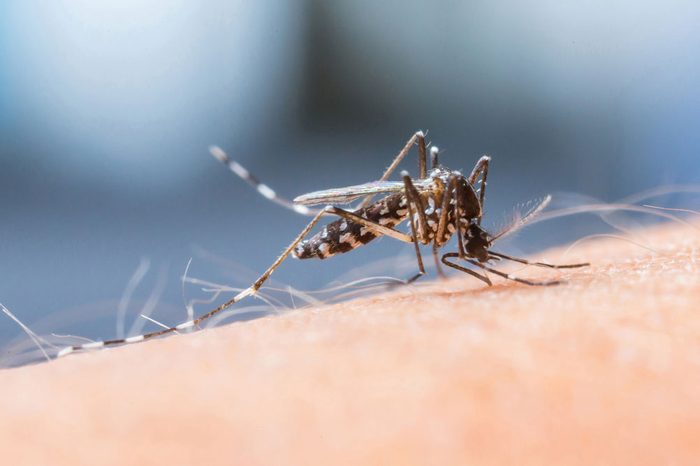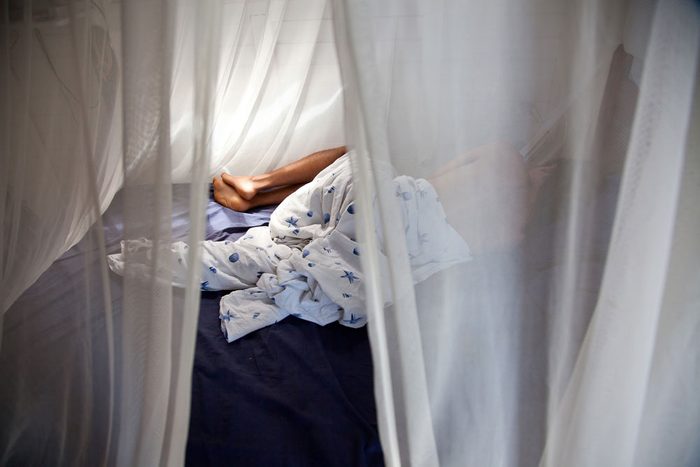Yellow fever abroad
There’s nothing better than travelling abroad. Canadians love seeing different countries and experiencing different cultures, but travelling to foreign destinations comes with some risk. While Canada is relatively safe from life-threatening viruses, diseases like Zika and yellow fever threaten our health and travel plans. Read this before you book your next cross-continent adventure.
Like Zika, it’s spread by mosquitoes
It’s only spread by the female mosquito, and she stays infected for life. Stay away from standing bodies of water and areas that have a large mosquito population.
There is a vaccine
And there’s more good news: the vaccine is inexpensive and incredibly effective at providing life-long protection against the virus. The bad news? There was recently a shortage in Canada.
But most Canadians don’t receive it
According to public health physician Dr. Anne Andermann, yellow fever vaccine is not part of Canada’s routine immunization schedule.
Once you receive the vaccine, you may need a certificate to travel
Dr. Andermann gives a stern warning, “Travellers to certain countries may require an International Certificate of Vaccination or Prophylaxis to demonstrate that they have received the yellow fever vaccine before being allowed entry.” So do your research. Luckily, the certificate is generally valid for 10 years.
The symptoms are flu-like
Look for fever, chills, nausea, vomiting, fatigue, and headache. Symptoms often appear within three to six days, and disappear in three to four.
There are two phases-and the second “toxic” phase is the most dangerous
While most symptoms clear up after three or four days, some cases enter a second phase, which can cause high fever, organ failure and severe bleeding.
The virus is most common in Africa, Central and South America
These areas have a warmer climate and a more active mosquito population. If you’re planning a trip to any of these areas, get the vaccine at least a month before your departure.
Yellow fever can be contained to certain areas within a country
“In many countries where yellow fever is endemic, large areas of the country can have extremely low (essentially zero) risk. For example, Peru has yellow fever but it’s almost exclusively in the jungle areas east of the Andes,” Dr. Brian Ward, an expert on immunity and vaccines, explains.
Canadians really have no reason to be worried
Despite all the yellow fever talk, Dr. Ward says there’s really no reason for us to be worried. The only way that yellow fever could travel this far north is if our climate gets a whole lot hotter.
But, there are some areas in Canada that are more susceptible to yellow fever
While Dr. Andermann agrees that a yellow fever epidemic is incredibly unlikely in Canada’s current climate, there are some areas that are more favourable for the spread of the disease, including Southern Ontario, Southern Nova Scotia and Southern Coastal British Columbia.
Yellow fever has migrated to North American and Europe in the past-and it wreaked havoc
It happened hundreds of years ago, but the virus caused major problems for the economy, not to mention had a major impact on the population.
The last major outbreak in the U.S.A. was in 1905
There has never been a major outbreak in Canada (the closest outbreaks were in New York and Boston), and the last major epidemic of yellow fever in the U.S.A. was in New Orleans in 1905.
Bug spray can help
Since the source of the virus is mosquitoes, any preventative measures you can take against bug bites is incredibly important. Dr. Andermann advises wearing insect repellent, light-coloured clothing and using permethrin treated bed nets if you sleep outside or in a room that is not well screened.
Related:
• 10 Worst Places in Canada for Mosquitoes
• 8 Immunizations for Adults
• The Worst Canadian Cities for Air Pollution


